Oppo’s ColorOS has long been a UI that is the weakest part of Oppo phones. If you’ve noticed, Oppo phones come with great hardware and performance, but there’s always a “but it runs ColorOS” mentioned as a downside. That’s about to change with ColorOS 13.
The new Oppo UI is much more polished and intuitive, and shouldn’t be the weakest part of the manufacturer’s phones anymore. ColorOS is changing, and these are the seven ColorOS 13 features that make it my favorite version to date.
Borrowing OnePlus’s Insight AOD
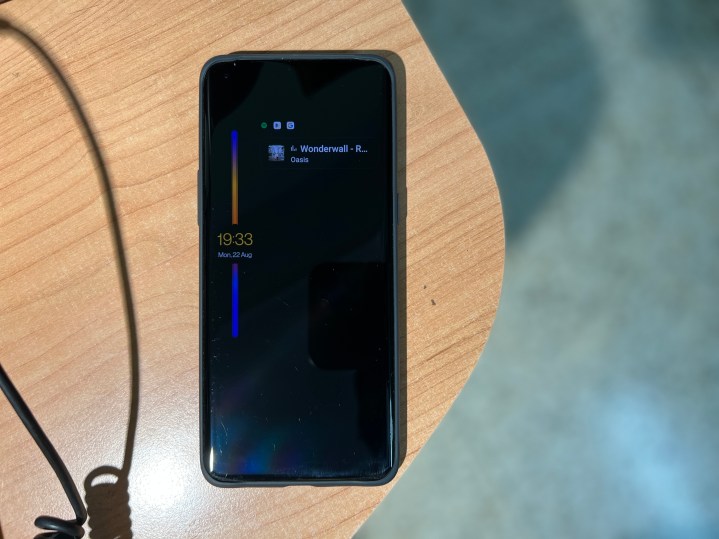
OnePlus brought the Insight always-on display (AOD) with its flagship phone a couple of years back. Now, with ColoOS 13, the feature is making its way to the Oppo phones. For the unaware, Insight AOD shows your digital behavior. It has a color bar that tracks the number of times you unlocked the phone and the hours spent on your device.
Insight AOD is said to encourage users to take better care of their digital wellbeing. According to OnePlus, the feature “pushes users to spend more time enjoying life away from their phones.” While that’s not an issue with me, it is a cool AOD screen to have. I like it personally, and it’s my favorite OnePlus feature to have been ported to Oppo. It gives me the required digital well-being information at a glance without unlocking my device … even if I’m still using my phone just as much.
More new always-on display goodies
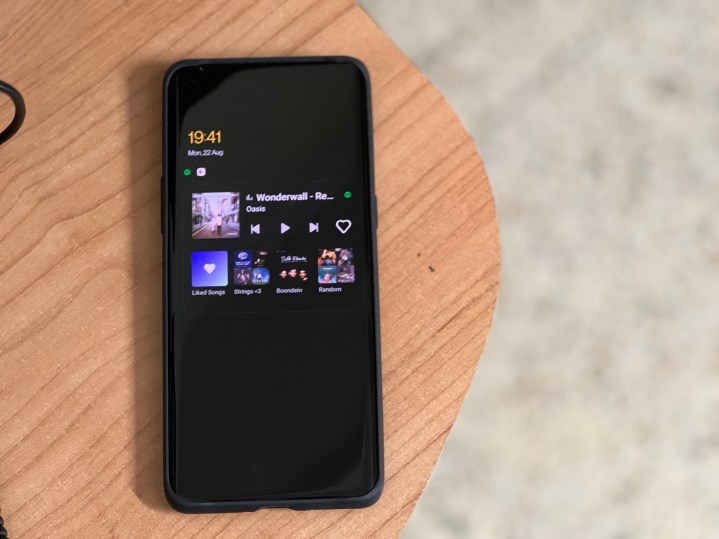
While we’re on the topic of the always-on display, it’s worth mentioning that Oppo is now providing more controls on its glanceable interface. You can now control Spotify on the AOD to not only play, pause, or stop music, but also select playlists from the recommendations section – all without unlocking your phone. Another useful addition is for food delivery apps like Zomato and Swiggy to show notifications when your food is picked up, its estimated arrival time, order delivery confirmation, and more.
ColorOS 13 also comes with new animations on its AOD screen. These feature animals and nature. On the other hand, Oppo is continuing its partnership with Snapchat to bring Bitmoji to the always-on display. You can connect to the Bitmoji app to display your personal emoji on the AOD.
UI design changes
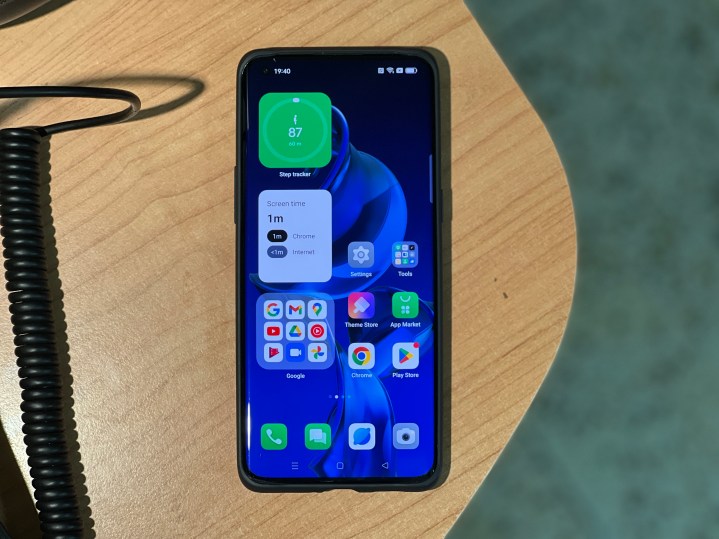
ColorOS 13 is introducing a new blue color theme in the control center. It’s said to have taken inspiration from water, but when you get past the marketing jargon, you get a beautiful look that’s reminiscent of OxygenOS. The system font and typography have been updated as well. Personally, I found it to be more readable with that slightly wider font face.
ColorOS 13 is also getting a OnePlus-style card layout in Settings to organize the interface. The feature first appeared in Samsung’s One UI a few years back, and other manufacturers seem to have taken inspiration from the Galaxy devices.
On ColorOS 13, you get different sizes of cards to sort and classify information as per the type of content you are looking for. For example, a connectivity card will include Wi-Fi, Mobile, and Bluetooth, while you get a separate card for settings like Wallpaper and style, Home screen and lock screen, and more. It’s a small tweak to the organization that goes a long way in daily use.
Large, iOS-like folders
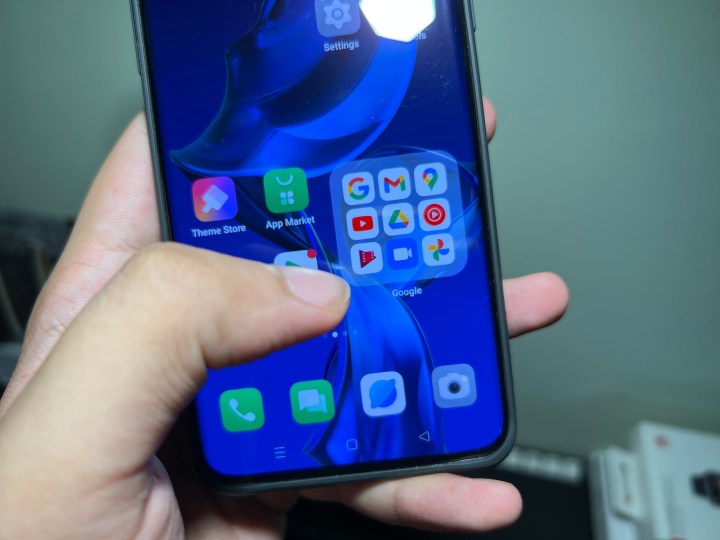
I’m an iOS user these days, and I like the implementation of App Gallery — giving me large folders where I can tap on icons to open the app. Now, similar large folders are making their way to Oppo smartphones with ColorOS 13. You can press and hold the folder to change the size from 1×1 to 2×2.
When changed, you can tap on the icon of an app to directly open it without opening the folder. It’s the best of both worlds. You can hold numerous apps in a small area on your home screen, and for your most-used ones, they’re still just a single tap away. It’s fantastic.
New widgets
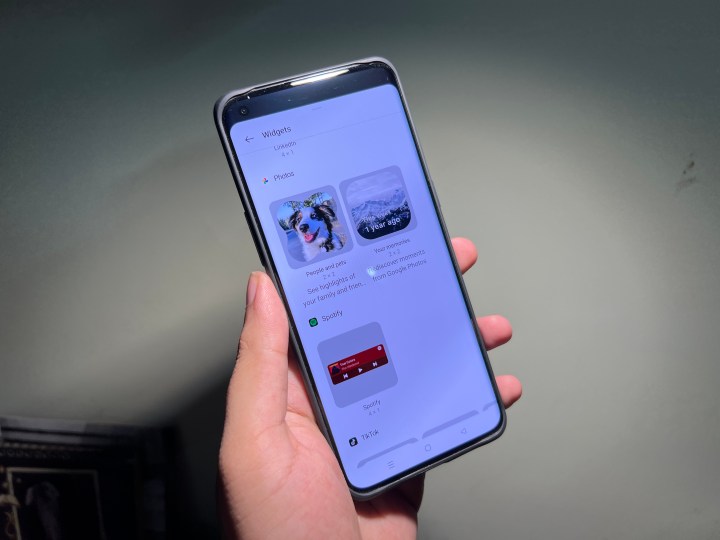
ColorOS 13 also includes new widgets – some directly borrowed from Google’s Material You. But the older ones like Clock, Weather, and Google Calendar have been modified to suit the new style as well. My personal favorite is the Screen Time widget that shows my time spent on each app and reminds me to stop doom scrolling on social media. The widgets also support other apps like Spotify, Google Keep, and more.
Google started to get more serious about widgets last year with Android 12, and it’s an uphill battle that the company’s continuing with Android 13. There’s still plenty of work left to be done, but it’s great to see Oppo also contributing to this fight and improving some of its own widgets as well.
Redesigned control center
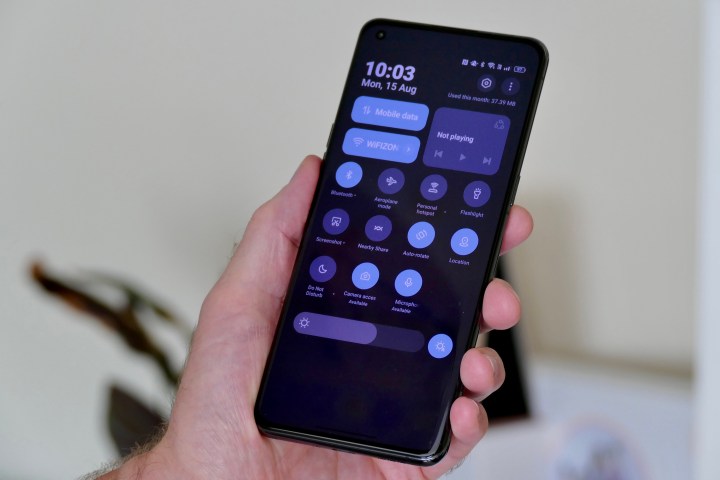
ColorOS 13 brings a redesigned control center. One of my favorite parts is that it allows me to switch between playback devices while playing songs from Spotify. For instance, I wanted to play a song on my Amazon Echo Studio. I could do it with a couple of taps directly from the control center.
The new control center also allows you to tap Wi-Fi and Bluetooth toggles to select the Wi-Fi or Bluetooth device, respectively. It can now also change to landscape mode with an improved layout, which comes in handy while you are gaming or watching a movie on your phone.
Auto Pixelate
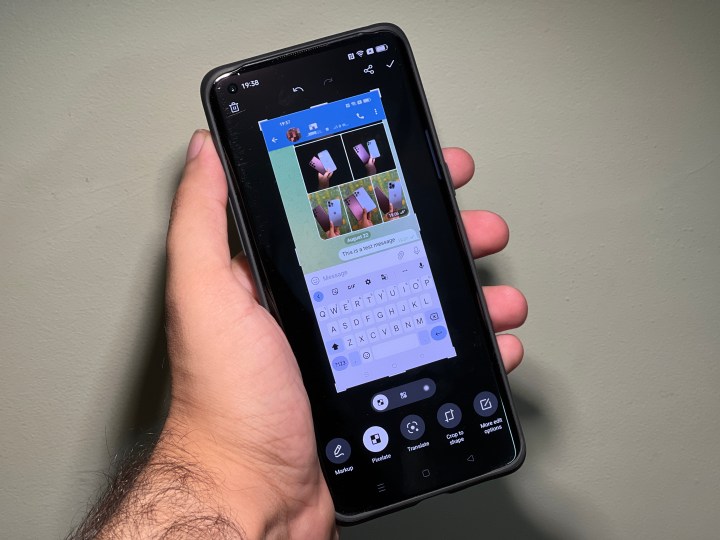
If you’re someone like me who shares their hilarious WhatsApp messages on Twitter, you must’ve gone through the pain of editing the recipient’s name out. With ColorOS 13, you can pixelate the chat screenshot with a single tap.
It pixelates the recipient’s name/number as well as the profile photo. Oppo says that the feature blurs out avatars and nicknames in the chat screenshots based on on-device algorithm models. It has worked quite well in real-life scenarios and makes sharing those screenshots a lot more convenient than it ever used to be.
ColorOS 13 is exactly the update Oppo needed
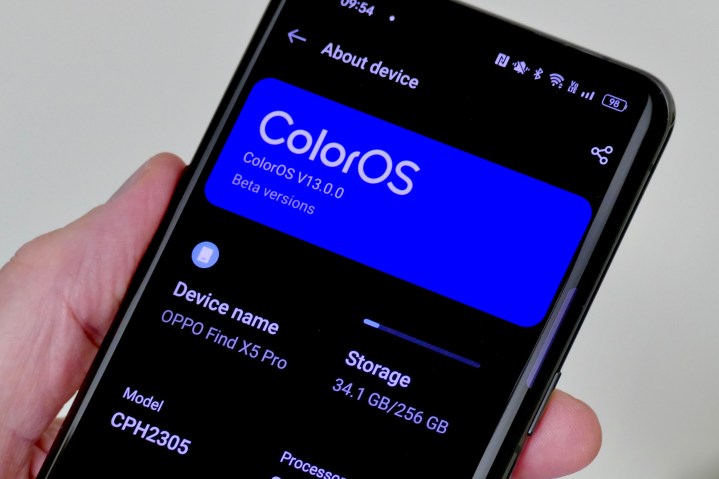
ColorOS is no more the UI that you’d see and shrug off at first glance. The new update presents a strong case for itself and for us to recommend Oppo phones.
ColorOS 13 is a big update for Oppo. It not only brings a more readable and pretty-looking interface but also borrows features from OnePlus that made OxygenOS a favorite UI for so many. The design changes, new widgets, redesigned control center, and more, all combine to deliver an intuitive UI experience that was missing from previous versions of Oppo’s ColorOS. And I absolutely love it.
Editors' Recommendations
- Using the OnePlus 10 Pro again made me worried about the OnePlus 11
- I tried OxygenOS 13, and it’s everything I feared it would be
- OnePlus gives us our first look at OxygenOS 13, and the phones getting it
- The future of OnePlus’ messy phone software has me worried
- OnePlus talks OnePlus 10 Pro, OxygenOS, and foldables



